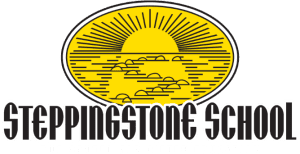650 Church Street, Ste 119, Plymouth, MI 48170

The education curriculum in school fot gifted children
The education curriculum plays a crucial role in shaping the learning experiences of gifted children. A well-structured curriculum that caters to the needs of gifted children can have a significant impact on their personal and academic development. It should provide opportunities for these children to delve deeper into subjects, explore new ideas, and apply their knowledge in creative ways.
A curriculum for gifted and talented education should be flexible, allowing for acceleration and enrichment. Acceleration involves allowing students to progress through the curriculum at a faster pace, while enrichment involves adding depth and breadth to the curriculum, providing opportunities for students to explore topics in greater detail. This dual approach ensures that gifted children are continually challenged and engaged, promoting their intellectual growth.
In summary, having a curriculum tailored to a gifted child is essential for ensuring that their unique abilities, talents, and potential are nurtured and developed effectively. It promotes engagement, prevents frustration, and supports their overall growth as individuals.
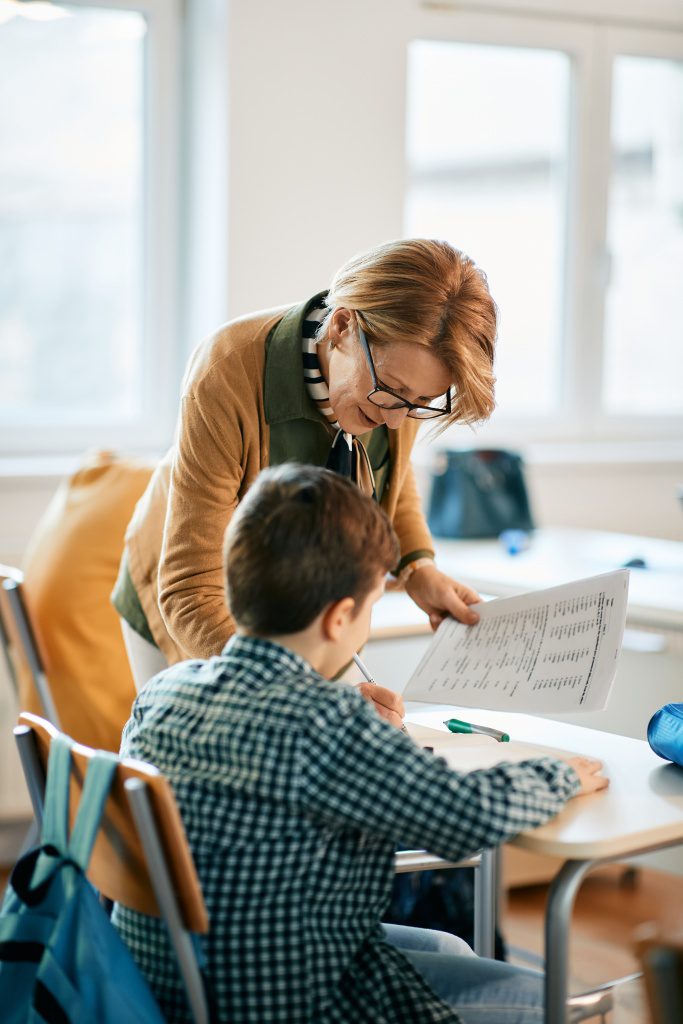

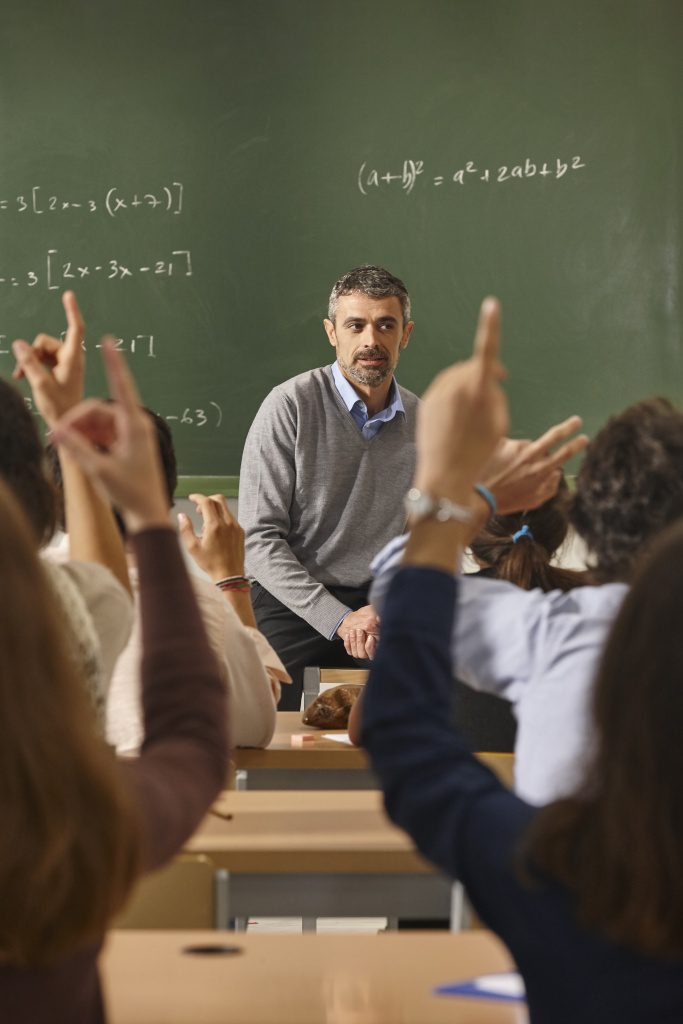
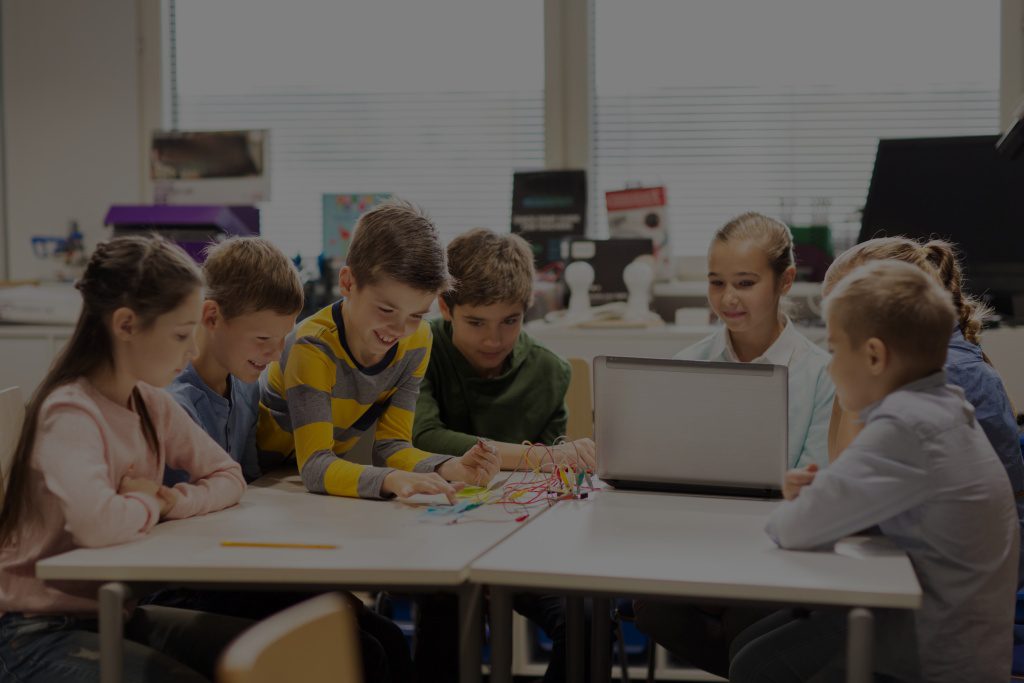
Handwriting is introduced with the D’nealian system. The student advances to cursive writing when s/he is interested and ready to be taught. Students whose ability to spell, compose, and read has developed in advance of his or her ability to write may initially be allowed to employ stencils or templates. Very short handwriting practice is assigned daily to maintain and improve this skill throughout the students’ years at Steppingstone. If cursive is mastered, to introduce challenge, create new interest, and maintain fine motor skills, calligraphy replaces cursive in the Pre High School classroom. In addition, because Japanese is the foreign language being studied, these students also practice writing hiragana, katakana, and kanji.
Math is introduced in Kindergarten through second grade with manipulatives in a concrete manner using “Mathematics Their Way.” Once basic concepts have been internalized and students are ready for independent paper-pencil assignments, they proceed to a third grade basal textbook program. After the fifth grade level, students may proceed sequentially or may skip levels. A year of applications and survey of miscellaneous math topics may be assigned a student, and/or s/he may advance to Pre-Algebra, Algebra 1 and 2, Geometry, and Pre-Calculus. Algebra and Geometry may be one or two year courses of study depending on the abilities of the student. Students of all grades review math facts weekly until they are mastered and they move on to square roots.
Social Studies in the Early Elementary class has as its overarching themes: communities, states of the United States, historical figures, and Michigan history. Intermediate Elementary studies range from regions of the United States to Native Americans. In the Upper Elementary class, studies rotate from year to year between the history of the United States and United States government. The Pre High School class rotates through world geography, the history of the ancient world, and modern world history. One final component, the annual Social Studies Expo, allows students the opportunity to research a particular area of interest in detail, and is discussed below.
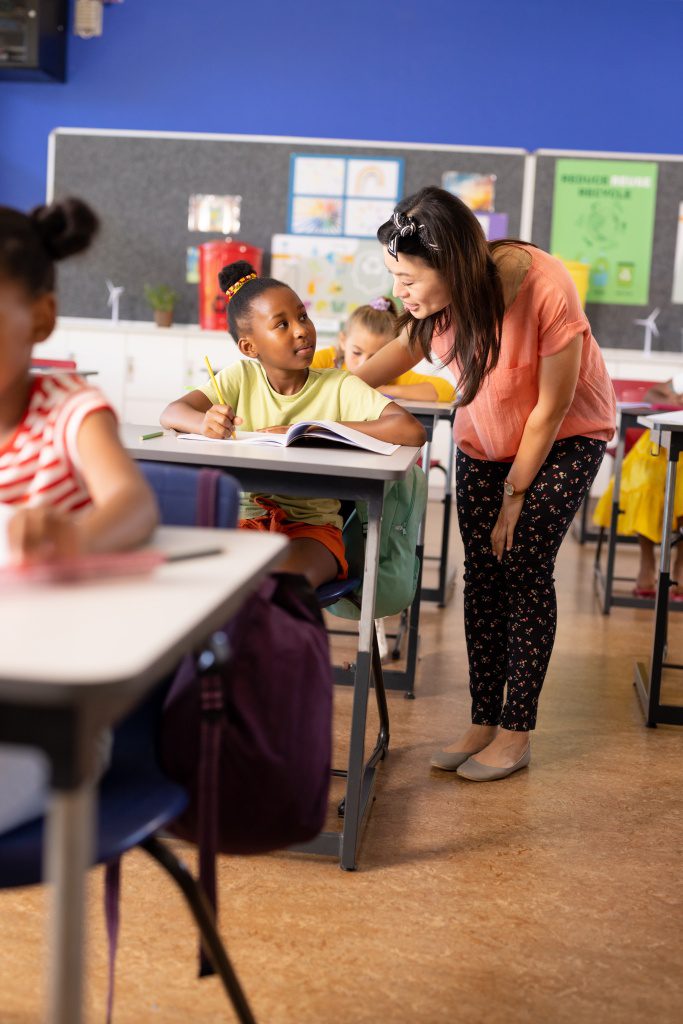
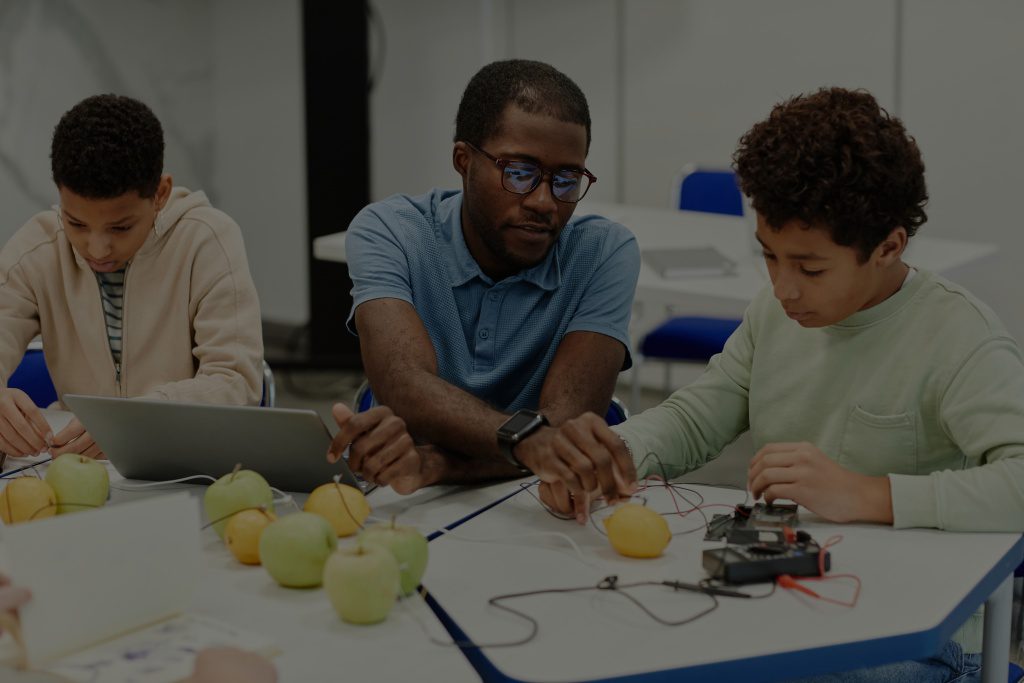
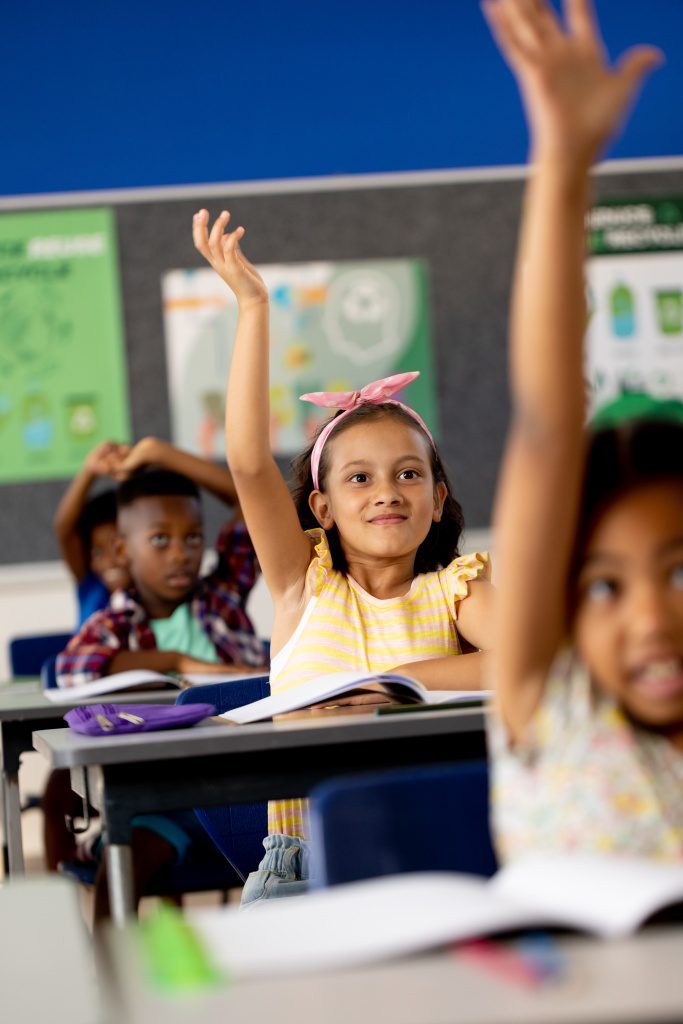
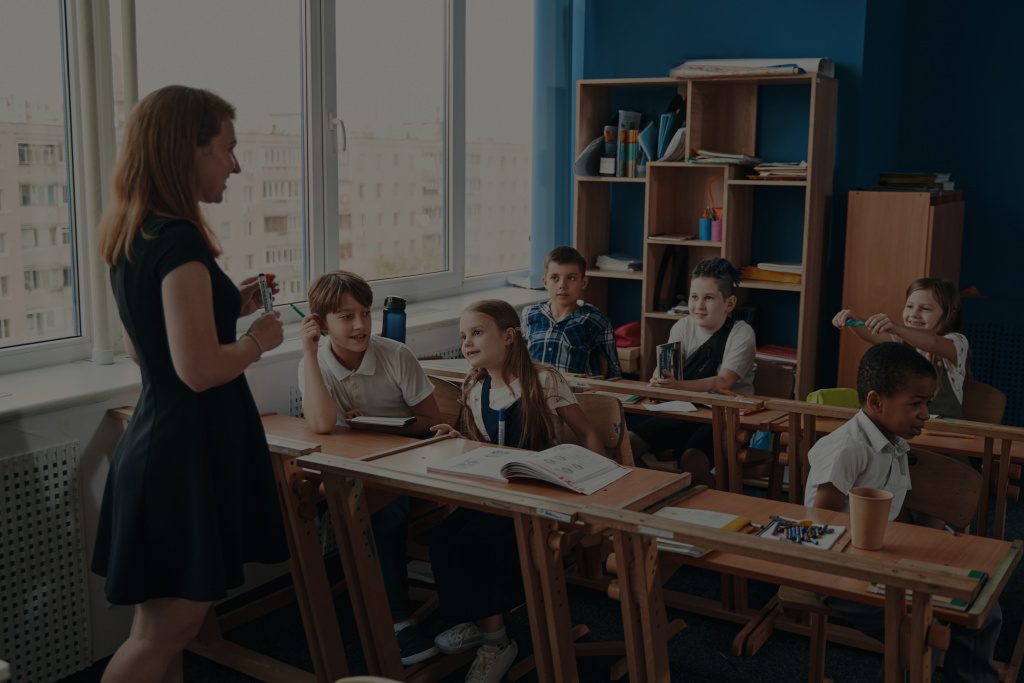
Foreign Languages are established so that a student will study a different language for two or three years in each of his or her different classrooms. Now, Japanese is taught to Pre High School students and Spanish is taught to Upper Elementary students. In past years students have studied German, Greek, Mandarin Chinese, and Hindi. Students learn vocabulary, written characters, and basic conversation as well as cultural components of the country in which the language is spoken. The purpose is to familiarize students with foreign languages so that they will feel comfortable selecting one to study in-depth in high school. In addition, because many aspects of the culture of the country in which the language was selected is learned during the study of the language, this program was created in order to help our students develop a global view of the world. This knowledge will often be important to the success of the student in his or her chosen career and profession as society becomes more international and globally oriented.
The Fine Arts Program encompasses performing arts and visual arts. The performing arts include both music and performance. Music and drama are integrated in a spring musical or thematic performance. At that time, students are also introduced to set design, speech projection, lighting, sound systems, costumes and makeup. The visual arts component is composed of hands-on, two and three-dimensional projects that explore different media use as well as the study of artists and art history.
Physical Education consists of physical skills, life-long sports, general fitness, group games, nutrition, and health in the fall and the spring. During the winter, January through March, all elementary students participate in a swimming instruction program. Throughout the year, field trips are also scheduled to expose students to recreational sports that have the potential to become life-long physical activities such as cross-country skiing, ice-skating, hiking, biking, bowling, and horseback riding.
